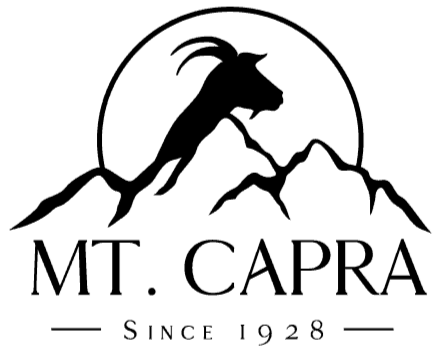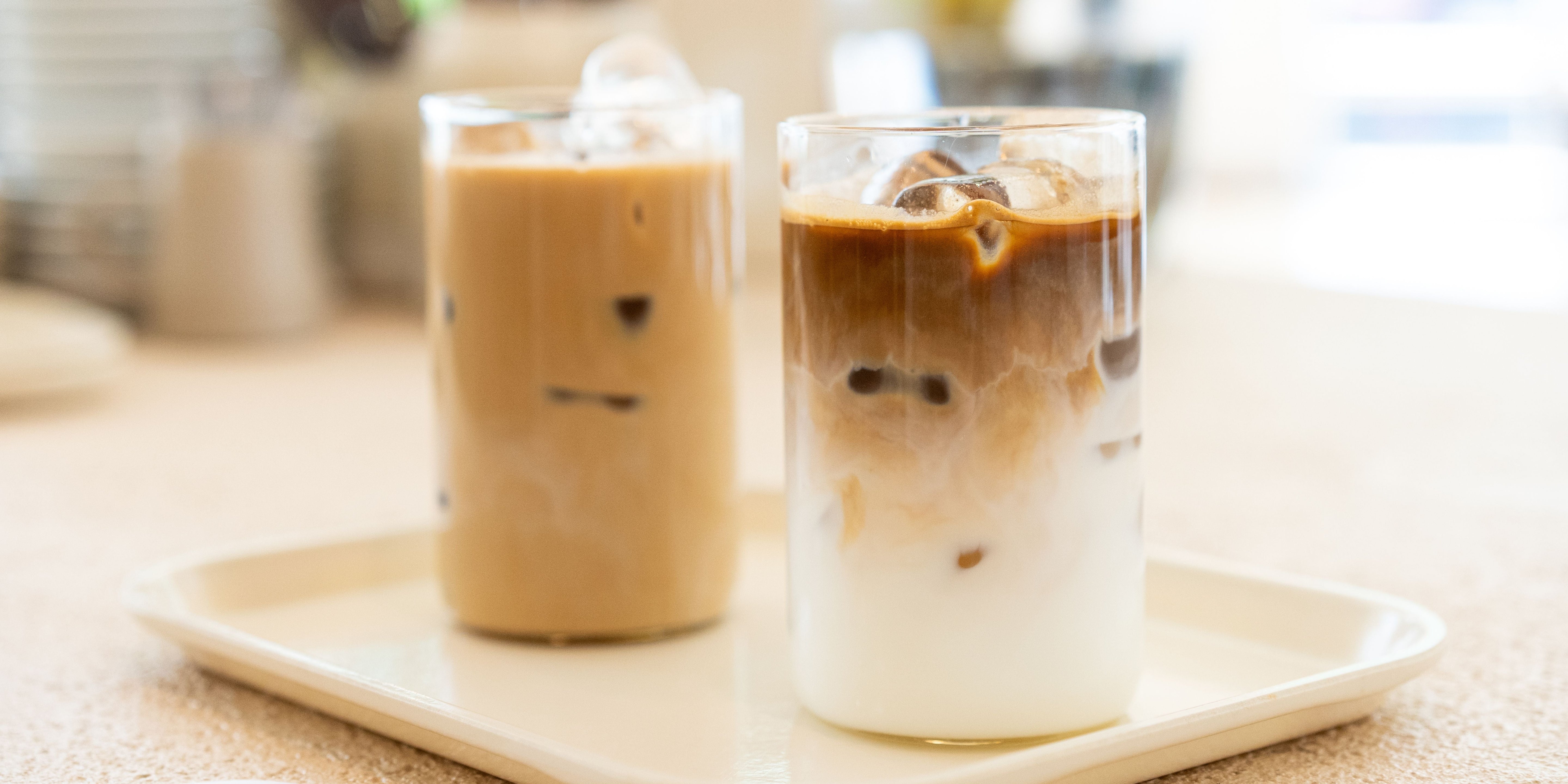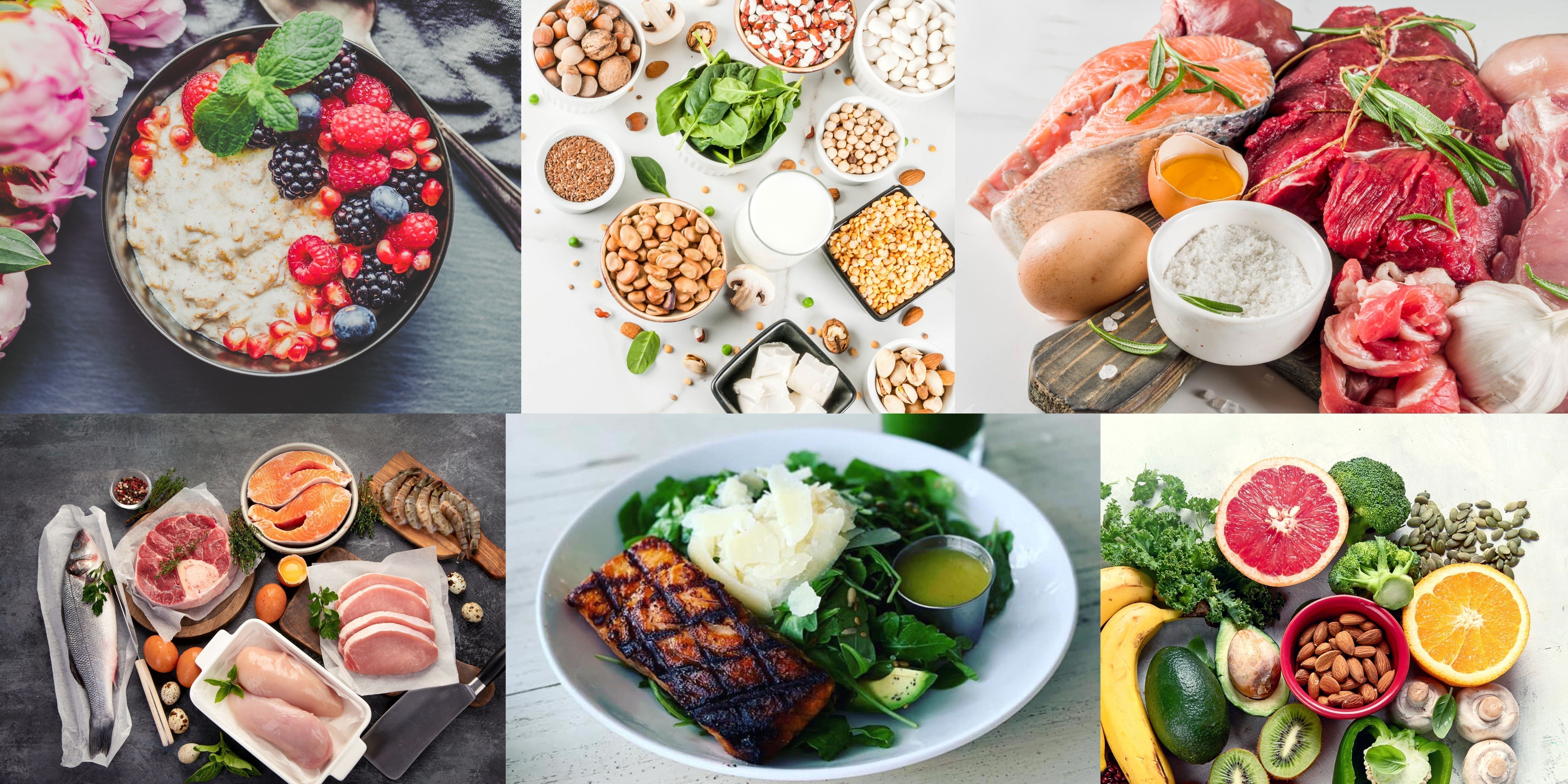Dinner is the daily meal that seems to require the most planning and preparation. It is a time to come together as a family and decompress from the day. For some dinner may be the only time of the day that they aren’t rushing about doing something. The planning element and the length of time it takes to prepare it, can be a bit frustrating for most and it can be easy to get in a rut of making the same foods or using foods that are quick to prepare but may not be the healthiest, like pasta or frozen pizza.
I have several tips on how to improve the dinner meal to make it more nutritious and easier to digest that I would like to share with you. A healthy dinner does require planning, and unfortunately there isn’t much of a way to get around that, but it is important to make quality dinners because if you make extra, the healthy leftovers can be eaten for breakfast or lunch the next day, providing solid sustenance.
Balance the Meal with the Macronutrients
It is important to balance your meals with the three macronutrients: carbohydrates, protein and fat. All three of these macronutrients are essential for good health. Carbs are quick fuel that provide energy, vitamins, and minerals. There are starchy carbs, like your potatoes, sweet potatoes, root veggies (beets, carrots, parsnips, turnips), and grains (quinoa, rice). Then there are non-starchy carbohydrates, which are the rest of your veggies (broccoli, red pepper, cabbage) and greens (swiss chard, spinach, collard greens). You don’t necessarily have to eat starchy carbs at dinner, but you can in moderation. Protein provides the raw nutrients to build up the body (muscles, skin, hair). Fat is a slower burning fuel and keeps you full longer, which helps with blood sugar. Fat also contains fat-soluble vitamins: vitamin A, D, E, K.
So what are some examples of a balanced meal? You could have chicken teriyaki with some soaked or sprouted brown rice with a big side of veggies or a meatloaf with roasted brussel sprouts and some mashed sweet potatoes. It could also be a pot of soup with chicken, veggies, and maybe some barley or chunks of sweet potato if you want a starch.
Limit or avoid starchy carbs
Many say it is best to limit or avoid starchy carbs at night for weight loss. The reason behind it is because we are less active at night and winding down. Extra carbs with lack of movement at night can sometimes add up to be a problem for those trying to lose weight as your body stores what it can’t use immediately. Also, if you feel overly full and uncomfortable at meals, it may be that your body is having a hard time digesting the quicker burning starchy carbs with the longer burning protein in your meal. Try eliminating the starchy carbs for a few meals and see if it makes a difference. I typically find that starchy carbs with dinner, like rice with a chicken burger, can lead to bloating.
Try not to load up on the pasta or noodles!
Try not to load up on pasta! I know, I know, pasta can be so good! But for a lot of people pasta can lead to bloating, partly because of all the carbs mixed with protein (like in chicken cacciatore or chicken parmesan), or it can be because the pasta is made from gluten, which a lot of people react to. Try making pasta a side dish, instead of a plate of noodles or pasta as the main course. That could be a pasta salad or some homemade mac n’ cheese. You can even try gluten free pasta made from lentils and chickpeas or quinoa. I have tried several of these alternatives with success, but not all may work well for you. It sometimes takes trial and error.
I will let you in on a secret health tip, when you eat a lot of heavy carbohydrate in a meal, it can sometimes make you crave sweets! I used to have this happen to me where I would eat a pasta meal and be so full and uncomfortable, but would crave a Snickers bar. This can signify a lack of enough fat in your meal to keep you full and satisfied (satiated). Reduce the carbs and increase the quality fats and veggies next time and that craving may just go away!
Soak your grains or buy them sprouted
Many like to have a side of rice or quinoa with dinner. Grains, nuts and seeds naturally have something called phytic acid in them that binds the mineral content and makes them harder to digest. It exists in the bran of the grain and is one of the grains natural plant defenses. To reduce the phytic acid, increase mineral availability, and make grains easier to digest, soak them in some warm water with 1 Tbs of an acidic medium, like lemon juice or raw apple cider vinegar, for around 8 hours. Soaking the night before is the easiest way to do this. Then give the grains a good rinse and cook. Alternatively, you can also buy sprouted grains, which achieves the same effect without you having to do the work! Win-win!
One last tip: I often find that grains need a bit more water than what the package says. This will depend on your stove top and how high the heat is as well. A little extra water and a bit longer cooking is helpful for softening grains and making them easier to digest.
Include some fermented foods
Fermented foods, like sauerkraut, lacto-fermented pickles (not store bought vinegar pickles), cultured carrots, and more, are foods that are allowed to culture with probiotics, where the probiotics start to break down sugars and the food in general, and increase nutritional content. Fermenting cabbage into sauerkraut increases vitamin C content quite a bit. Fermented foods are also a rich source of enzymes, which will help you break down the rest of your food, while making your gut more balanced from the probiotics.
Did you know you can ferment foods at home? You can find tons of recipes online, and when it comes to sauerkraut, it is pretty easy. I encourage you to look up some recipes and get creative. My family’s favorite is cumin jalapeno sauerkraut. I am not a big fan of spicy so I will do some dill or a garlic and ginger mix of sauerkraut.
If you need a little more digestive support, check our our CapraZyme, which is a digestive enzyme blend that will help you to break up your food. It also has soothing herbs for the digestive system. Caprobiotics Plus is a great probiotic to take at dinner if you aren’t eating enough fermented foods. Consuming the lactobacillus varieties of probiotics helps with lactose digestion over time.
Eat in a Relaxed State
A lot of us are used to eating on the run, whether it be grabbing breakfast to go, eating at our desks, or picking up dinner from the drive thru after soccer practice. We need to be eating in a parasympathethic or relaxed state in order to fully digest our food. When we eat on the run in a sympathetic state, also known as fight or flight, our body isn’t focused on digesting. Instead our adrenals are firing and blood is being brought to the muscles and away from the stomach in an attempt to prepare the body to fight in what for most Americans is an invisible foe (aka stress of all sorts: deadlines, too many appts, too many things on our minds).
Don’t drink too much liquids
This last one is important because drinking too much water with any meal dilutes the stomach acid. Stomach acid is naturally very acidic and needs to be that way to break down your proteins, especially meat proteins like chicken, steak, and beef. If meat always sits real heavy in your stomach, it usually means you don’t have enough stomach acid to digest it. Work on increasing stomach acid and you might just feel differently about meat. You can sip water with dinner, just don’t chug 8 – 16 oz. To enhance digestion, you can put 1 tsp of raw Apple Cider Vinegar in 8 oz of water and drink about 30 minutes before a meal.
Last tip, avoid coffee before meals too! Coffee puts the body in a sympathetic state and I find that my stomach feels like a fist and is less likely to accept and digest food after a cup of coffee.
I hope you learned something from this post. Stay tuned for next week when we will provide more ideas on what to cook for dinner!






Share:
Healthy Breakfast Ideas
Healthy Dinner Ideas